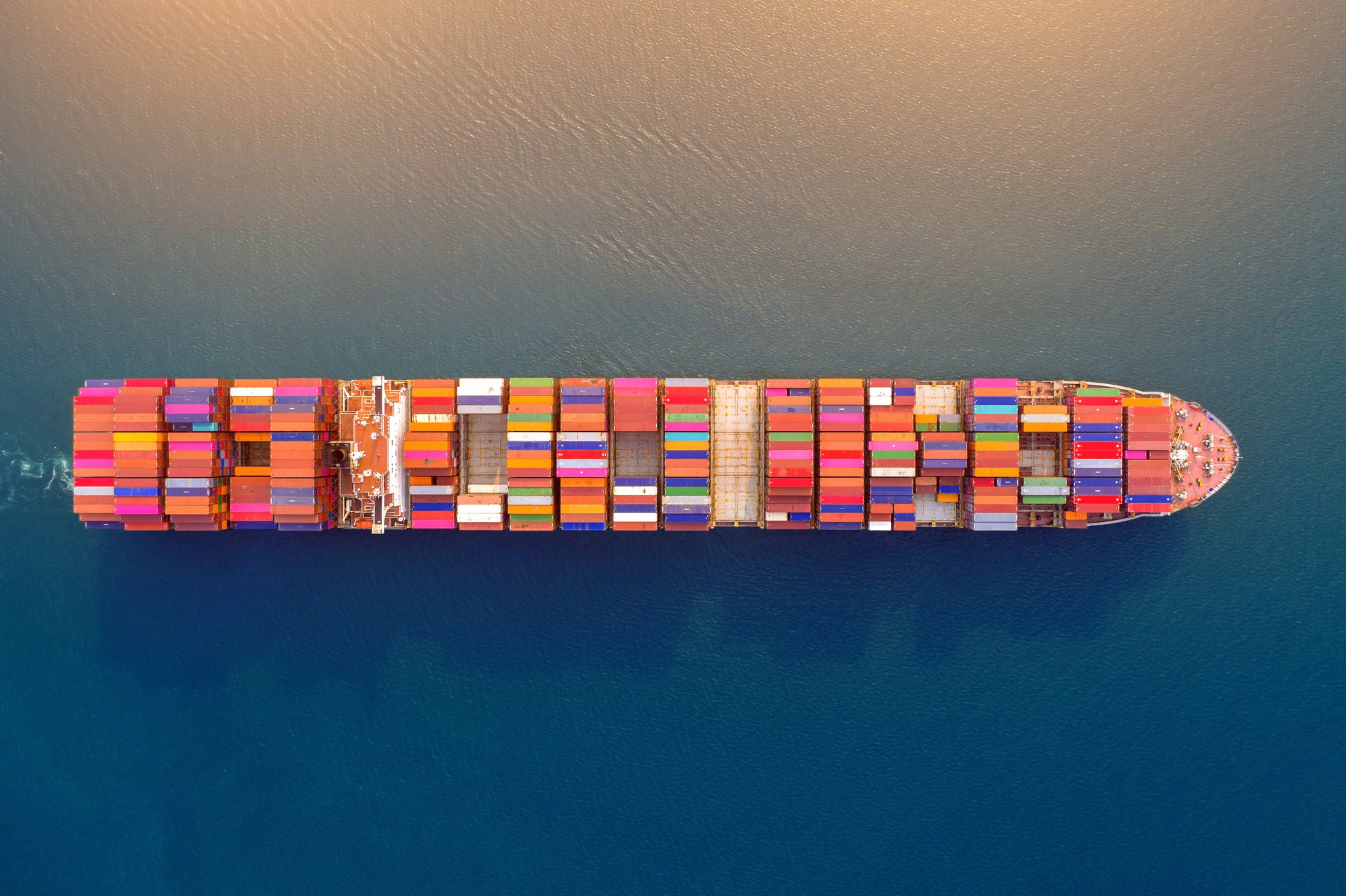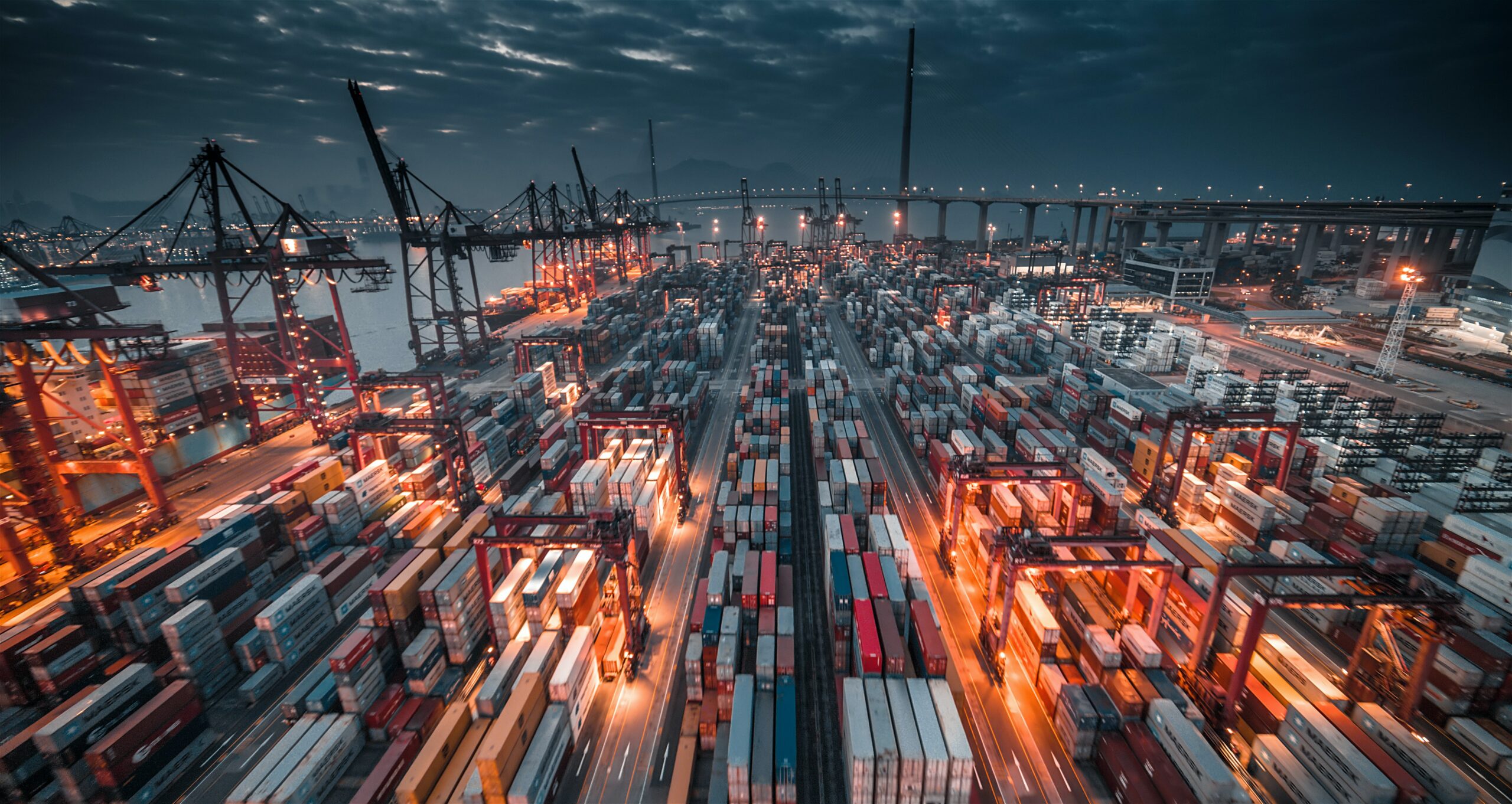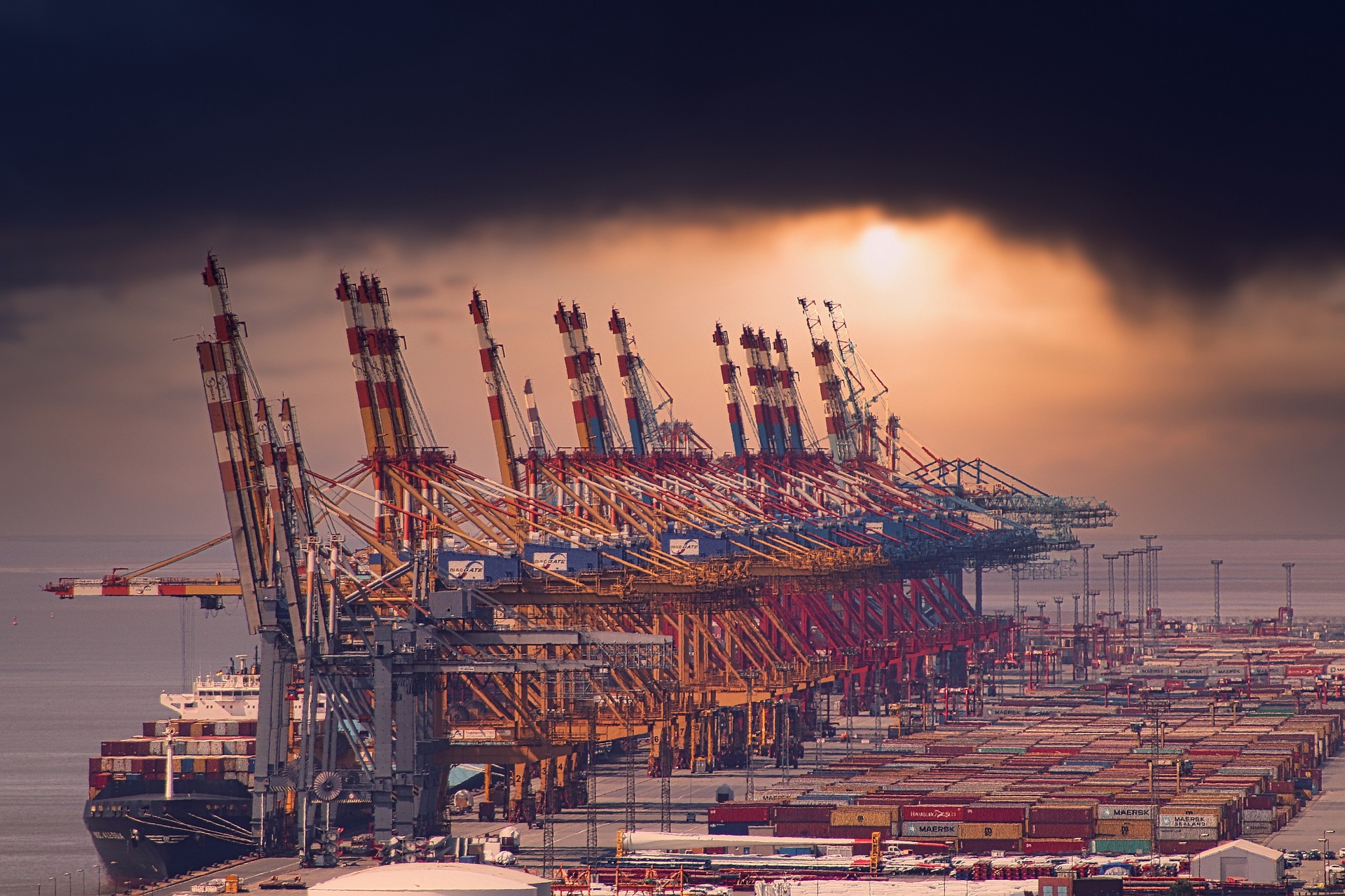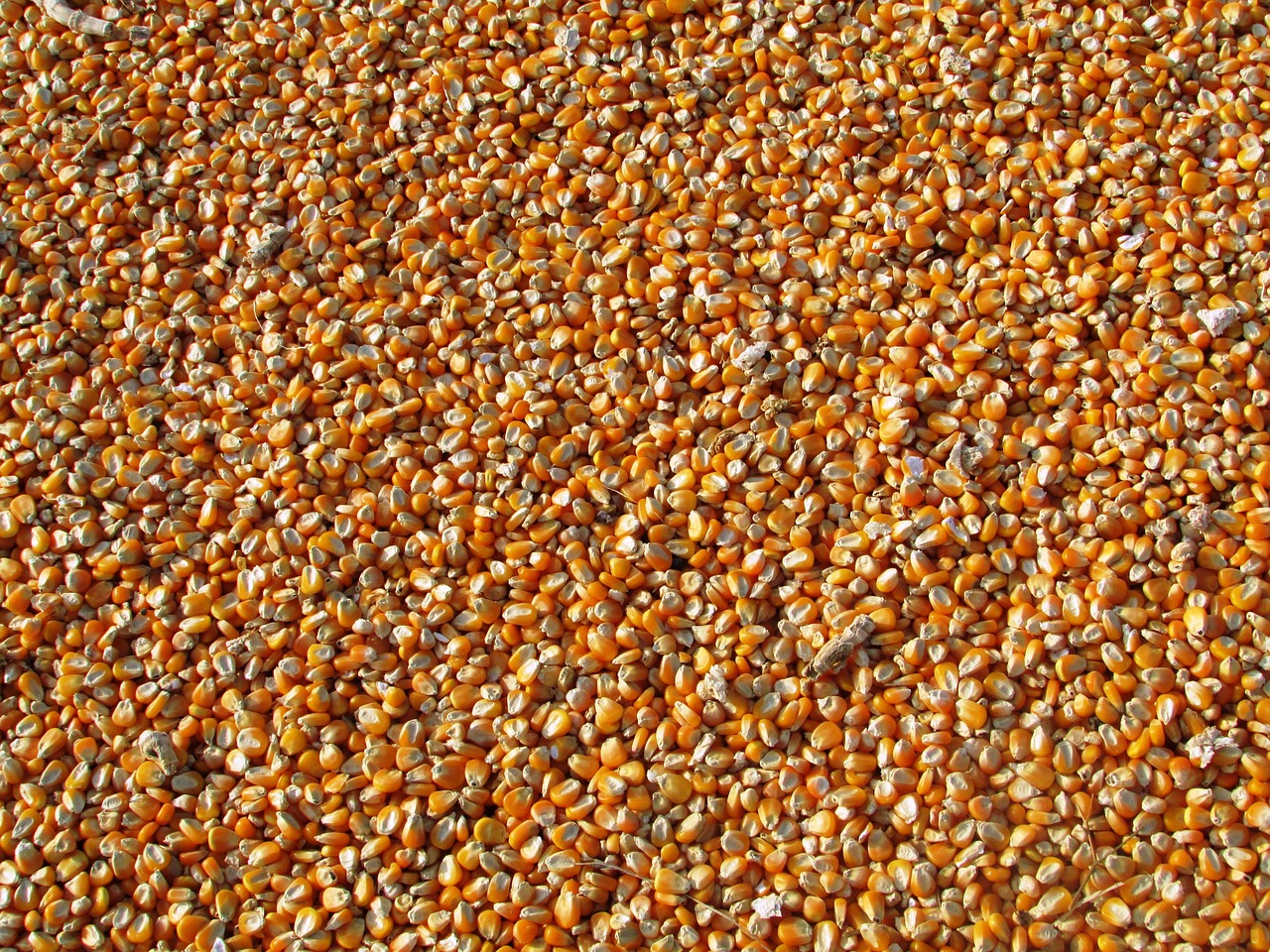
Exports of EU non-hazardous green listed waste for recovery will be prohibited to non-OECD countries from 21 May 2027, unless they meet strict new environmental conditions. From the same date, exporters will need to ensure that the environmental standards of destination facilities are independently audited and approved.
A general ban on waste exports for disposal, and a ban on hazardous waste exports for recovery, to non-OECD countries, will continue to apply.
EU plastic waste exports
From 21 May 2026, any authorised export of plastic waste outside the EU will be subject to the prior notification and consent procedure.
From 21 May 2027, exporters of plastic waste – in line with other wastes – will need to ensure that the environmental standards of destination facilities are independently audited and approved.
From 21 November 2026 until 21 May 2029, the export of plastic waste to non-OECD countries, including clean, non-hazardous waste plastic which is destined for recycling (B3011), will be prohibited. Thereafter, non-OECD countries will have to notify the European Commission and meet strict new environmental standards, enabling them to receive EU non-hazardous plastic waste (B3011) only.
Digital waste tracking in the EU and UK
From 21 May 2026, procedures for movements of waste within the EU will become digital, with streamlining of fast track procedures for pre-consented facilities, and more stringent waste shipment transparency requirements within the EU.
In April 2025, the UK is scheduled to launch mandatory digital waste tracking (MDWT), which is a similar scheme, although a significant delay is widely anticipated.







